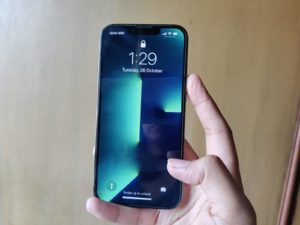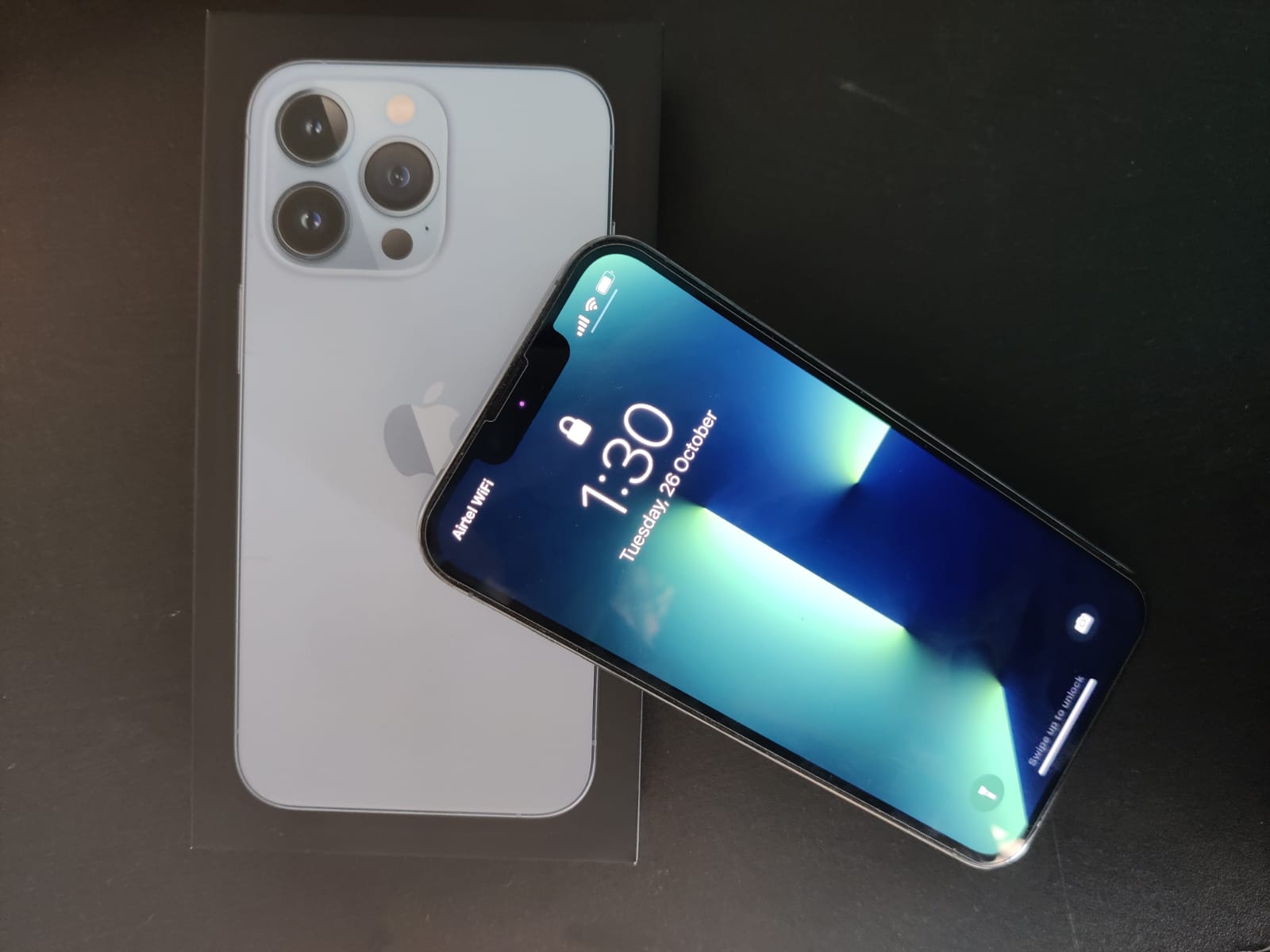The original iPhone was groundbreaking — but 13 generations later, has Apple focused more on profits than on innovation?
September marks the beginning of the weeks of tech events and releases that shape the coming year’s market. And every year the month is registered with the release of a ‘new’ iPhone. Something that millions look forward to, even if they do not plan on splurging on the incremental updates that Apple brands as a new handset.
However, even these incremental updates mark an important point in the calendar as most of the seemingly annoying to simply outrageous changes that Apple makes to its handset lineup act like a stone thrown in still waters — the ripples are felt for years to come.
For years, Apple has branded its expensive lineup with jargon that when looked at in hindsight do not make much sense, nowadays its Pro models, the iPhone 13 Pro and the 13 Pro Max are somewhat the hallmarks of the cutting edge of mobile phone handsets, at least in Apple’s mind.
So what bleeding tech did the 13 Pro lineup bring to its fanbase?
You have to be living under a rock, if you don’t already know that the Apple 13 Pro and the 13 Pro Max ‘boast’ of an OLED screen with LTPO tech, in simple words it can ramp up refresh rates upto 120HZ and bring it down to 10 HZ, depending on what the phone is being used for.
But then it’s not exactly new, not even for Apple. The first phone that can boast of treating its users with a 120HZ refresh rate was the Razer phone, launched back in 2017, and the same year Apple was kind enough to give its users a taste of the tech in the iPad Pro. So why wait four years before bringing the tech to its mobile handsets? I think even the people at Cupertino might have a difficult time explaining.
The second thing that the “new” iPhone Pros boast of is the upgraded camera setup which, let me tell you, is a charm to use. However, this charm could have been so much better if Apple had taken the pains of actually introducing a bigger lens, as opposed to the measly 12 MP that they love. Don’t get me wrong, the camera for an average user is amazing, but then one doesn’t really expect a phone to be average when they spend over 1.2 lakh for it — which incidentally users will have to shelve out for the base variant of the 13 Pro.
To add insult to the injury, Samsung has managed to bump up its camera lenses upto 108MP, and the pictures it takes show the difference.
Sticking to the camera, the iPhone is more than capable of taking good clean images, but then what if I want to use my 1.2 lakh iPhone for astrophotography? Or just zoom into a subject say more than 3X? In that case I am better off splurging on a Samsung or even a OnePlus.
Now let’s come to battery life, the 13 Pro series has an amazing battery life, no doubt, but Apple still somehow feels it is okay to ask users to charge with a 20 Watt brick, which expectedly is not shipped with the box and costs an additional Rs 1,900. But wait — it gets better, if you are coming from an Android device you will have to spend an additional Rs 1,900 on a charging cable because, well it’s about profit and … Apple loves the lightning port.
So what exactly was new?
Honestly, apart from the A15 Bionic chipset, most other things were mere incremental updates, which people using last year’s iPhone 12 series should care little about. As for people coming from older iPhones, the jump can be big and fruiticious.

So Apple, why the incremental updates?
The original iPhone was groundbreaking, because it reshaped the way we view smartphones, it brought the touchscreen to the mainstream when all people cared about were QWERTY phones, it pioneered the idea that mobile handsets should be beautiful to look at and fun to use, and that the iPhones were spearheading the use of cutting edge of technology.
Now, however, iPhones have matured. They are like mac n cheese or maybe khichdi — the comfort food of the mobile handset world. When you spend on an iPhone, you get a familiar, seamless experience — which if you are going to spend enough on the ecosystem, is sure to bring a smile to your face when you see the lopsided approaches Android takes when asked to work in tandem with Windows and other softwares.
And while the Apple ecosystem is an amazing garden to live in, every year the walls are getting higher and higher, as is the cost of entering it. This when we don’t even address the fact that Apple paved the way for killing third party repairs, which incidentally gets even more difficult with the 13 lineup.
So is Tim’s ‘Cooking’ killing innovation?
There is no simple answer to this, while Apple is using a formula year after year to ensure that incremental updates are enough to make people upgrade to the latest handsets, it is coming at the expense of pushing cutting edge to the sides, where it waits for Apple to take note of years after other brands have implemented it. LG handsets, case in point, they pioneered a lot of the innovations that are mainstream now, but they did not survive. And while users wait for the under-screen selfie camera or the faster charging speeds, Apple is happy dragging its feet, all the while making money and keeping its fan base satiated with a “new” iPhone every year. And though we may love comfort food, that is — iPhone, but it is not healthy when consumed in large amounts, and results in us losing out on trying Mexican, or Thai food which could redefine our sense of taste.
The iPhone 13 series lineup went for sale on the 24 September starting –
13 mini – 69900
13 – 79900
13 Pro – 119900
13 Pro Max – 129900





